

CateLynGarston
gamer level 5
4054 xp
4054 xp
followers
7
7
Use my invite URL to register (this will give me kudos)
https://boardgaming.com/register/?invited_by=catelyngarston
profile badges
...
...
...
...
recent achievements

Inspector
Follow a total of 30 games
Follow a total of 30 games

Explorer - Level 4
Earn Explorer XP to level up by completing Explorer Quests!
Earn Explorer XP to level up by completing Explorer Quests!

Old Bones
Explore select games by completing a series of exploration actions. learn more »
Explore select games by completing a series of exploration actions. learn more »

Advocate
Give 25 hearts (loyalty points) to a single game
Give 25 hearts (loyalty points) to a single game
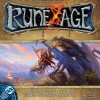




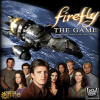


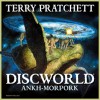







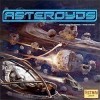
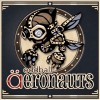

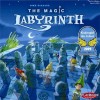












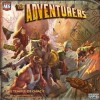

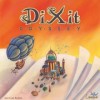
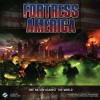




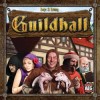



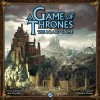
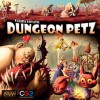








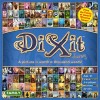
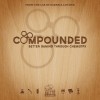


HeroQuest
Heroquest was the first “role-playing” board game that I ever played. We played it on a family holiday in Wales and then my little brother was bought it for Christmas. So aged about 9 I began GMing and this has grown into a true love of role-playing and board-gaming that has never left me.
Heroquest comes with a fairly large board, plastic hero pieces (barbarian, elf, wizard and dwarf), lots of plastic monster pieces (goblins, orcs, chaos monsters, gargoyles, zombies, skeletons and mummys) and then cardboard and plastic furniture to decorate the board with. There is then a rule book and a quest book to work through.
The Dungeon Master is responsible for setting the scene by reading out text and placing furniture and monsters on the board. The players are given a quest to play through, which uses some or all of the board (they don’t know how much of the board is used each time).
At the start of the game the board is empty apart from a staircase tile, which holds the players and shows where they come onto the board. If there is any other furniture in the room with the staircase (including doors, which are put out unopened) this is put on the board as well. The DM then reads out the aim of the mission, which could be destroy some monsters, find a piece of treasure, rescue a captive, or simply escape the dungeon.
The players can move, using 2d6 to determine how far (although not all moves have to be taken) and either fight, search for traps and secret doors or search for treasure. The move can come at the beginning or end of their turn and searching can only be done if there are no monsters in the same room as them. Each room or corridor section can only be searched once for treasure. If there is treasure or traps/secret doors these are handed out or put onto the board. If there isn’t any treasure according to the quest book a random card is drawn. This may be gold, potions, armour/weapons or it could be a wandering monster that attacks immediately.
Monsters cannot open doors so players move around to find them and one common option is to open a door to see what is inside and then shut it immediately so that the monsters can’t attack until the party is ready for it.
Attacking is done by rolling special d6, which have skulls on 3 sides, player shields on 2 sides and monster shields on 1 side. Both player and monster roll a number of dice dictated by their character sheet and the equipment they carry. The attacker wants as many skulls as possible and the defender needs to roll a relevant shield for each skull. Monsters usually only have 1 hitpoint whilst characters have more (with barbarians having the most and wizards the least).
The quests are largely interesting, with expansions available (at least they were many years ago!) and a story develops. The characters don’t develop, except for the equipment they carry, which they keep between quests.
Apart from the DM this is a fully co-operative game with the goal being to finish the quest. We encourage sharing the treasure and gold out fairly so that all of the characters advance at similar rates.
The 8 rating that I gave this game is largely nostalgia on my part I confess and probably if I picked it up for the first time now I would give it a 7 as it doesn’t really go far enough to be role-playing but doesn’t have the interest that a board game needs to sustain it. It is a good introduction for younger players though, particularly if an experienced player is DMing.
We are playing my brother’s copy now with my 7 year old, although we’ve brought in a bit more role-playing than the game suggests by having all in-game interactions be done in character. I’m thoroughly enjoying this.